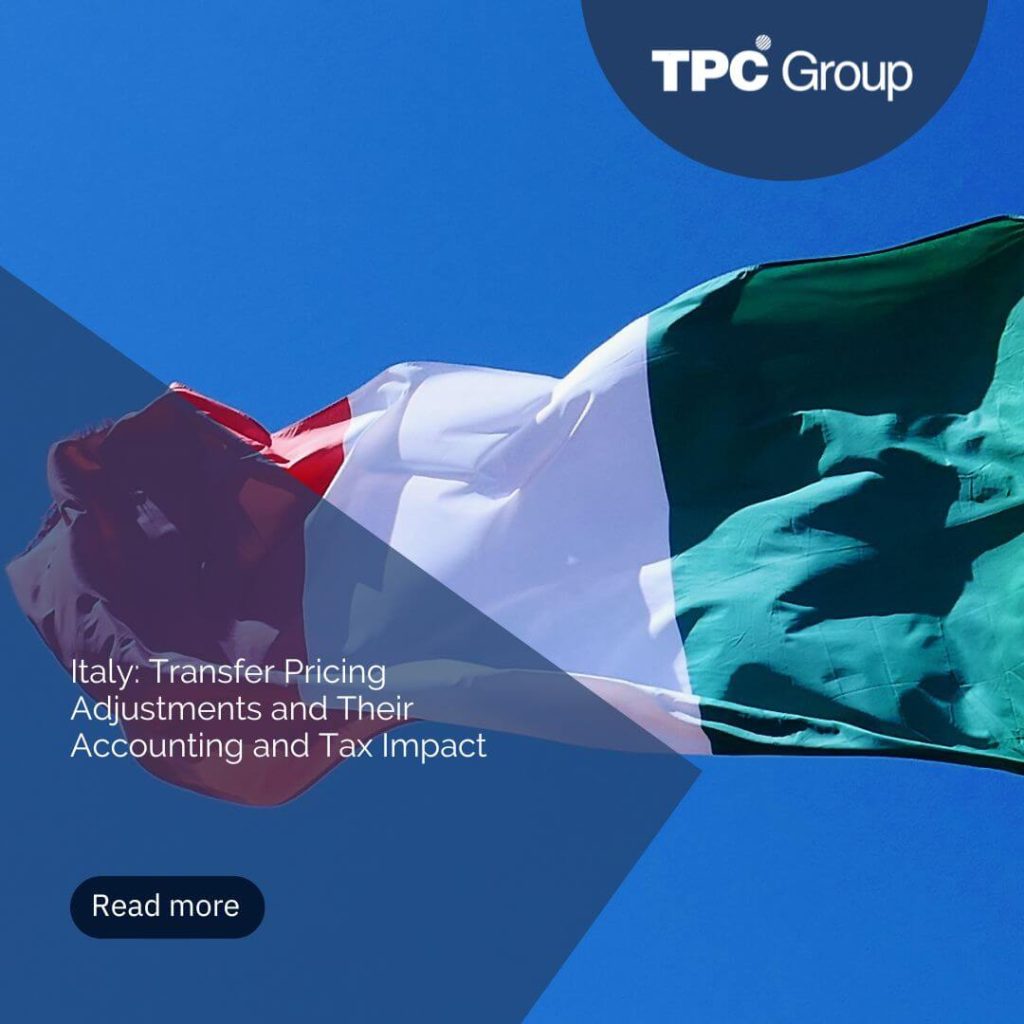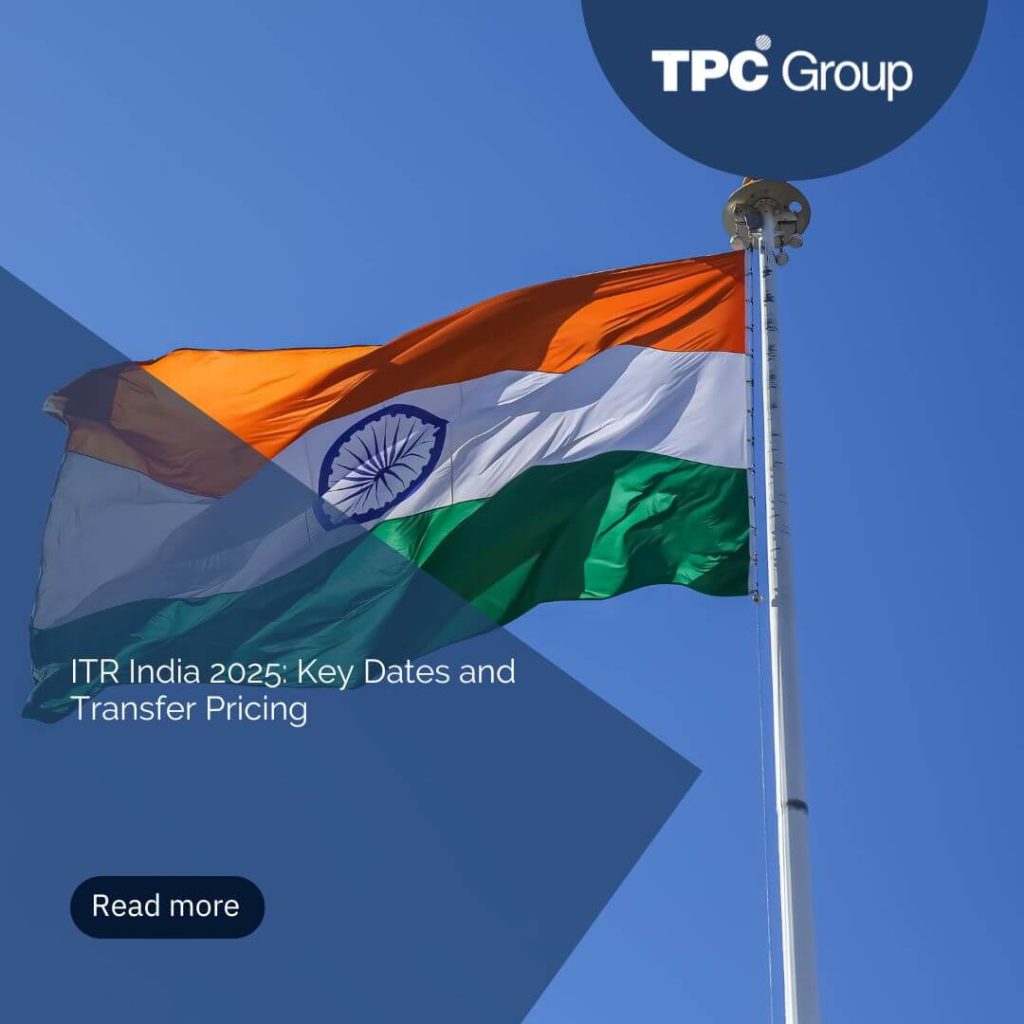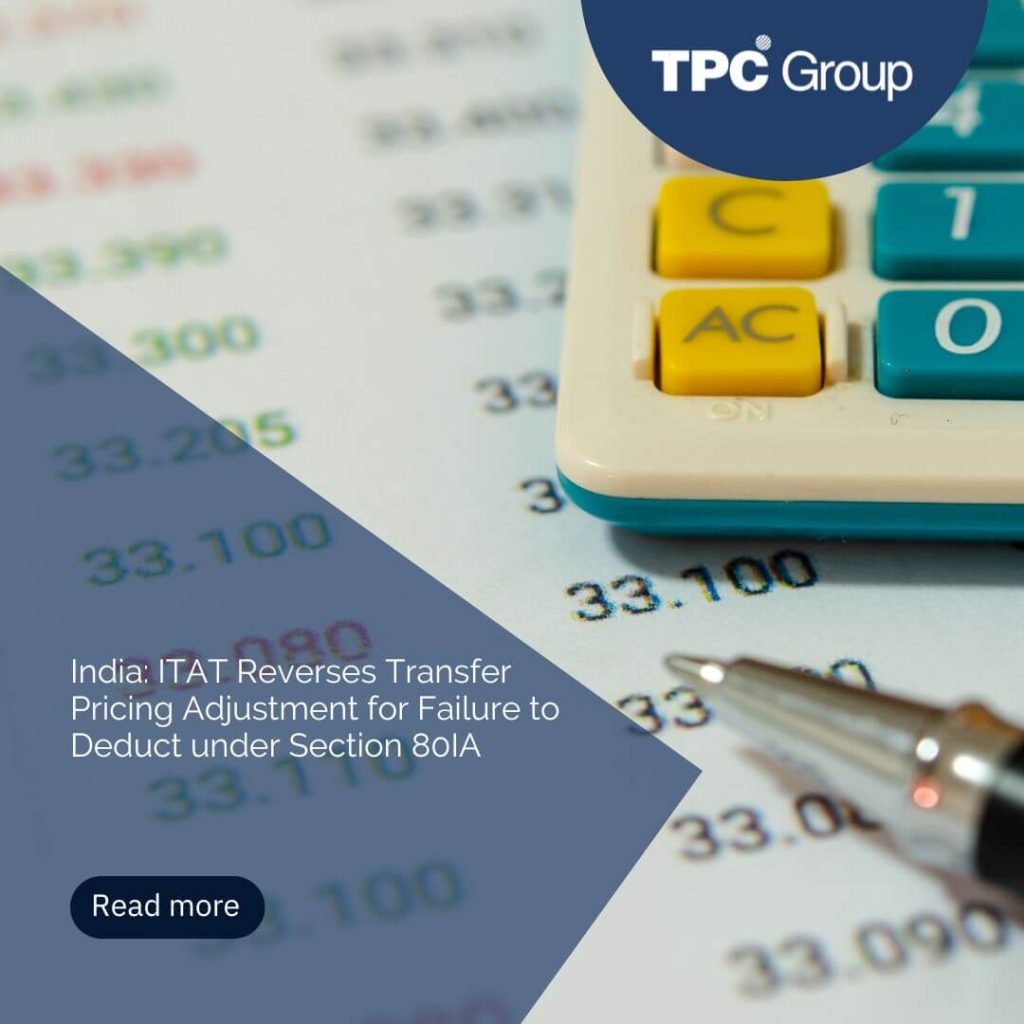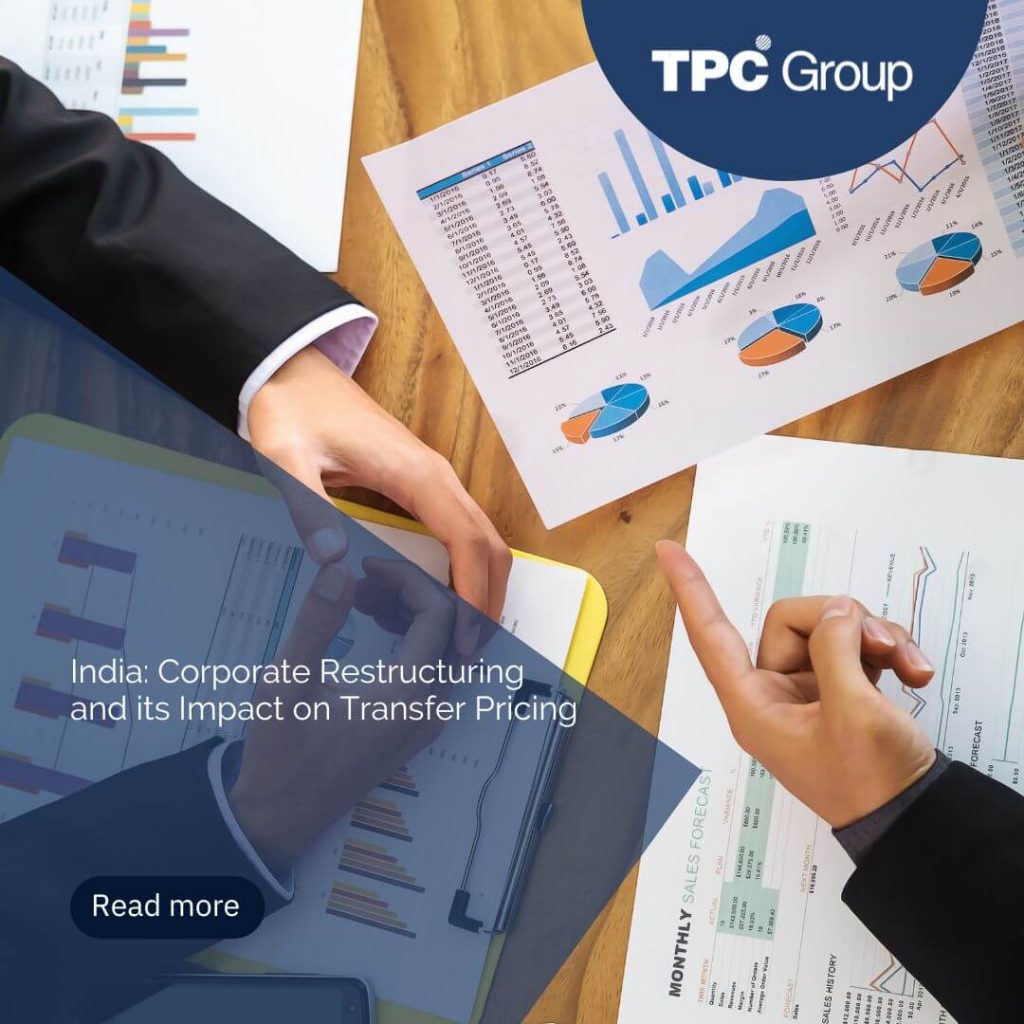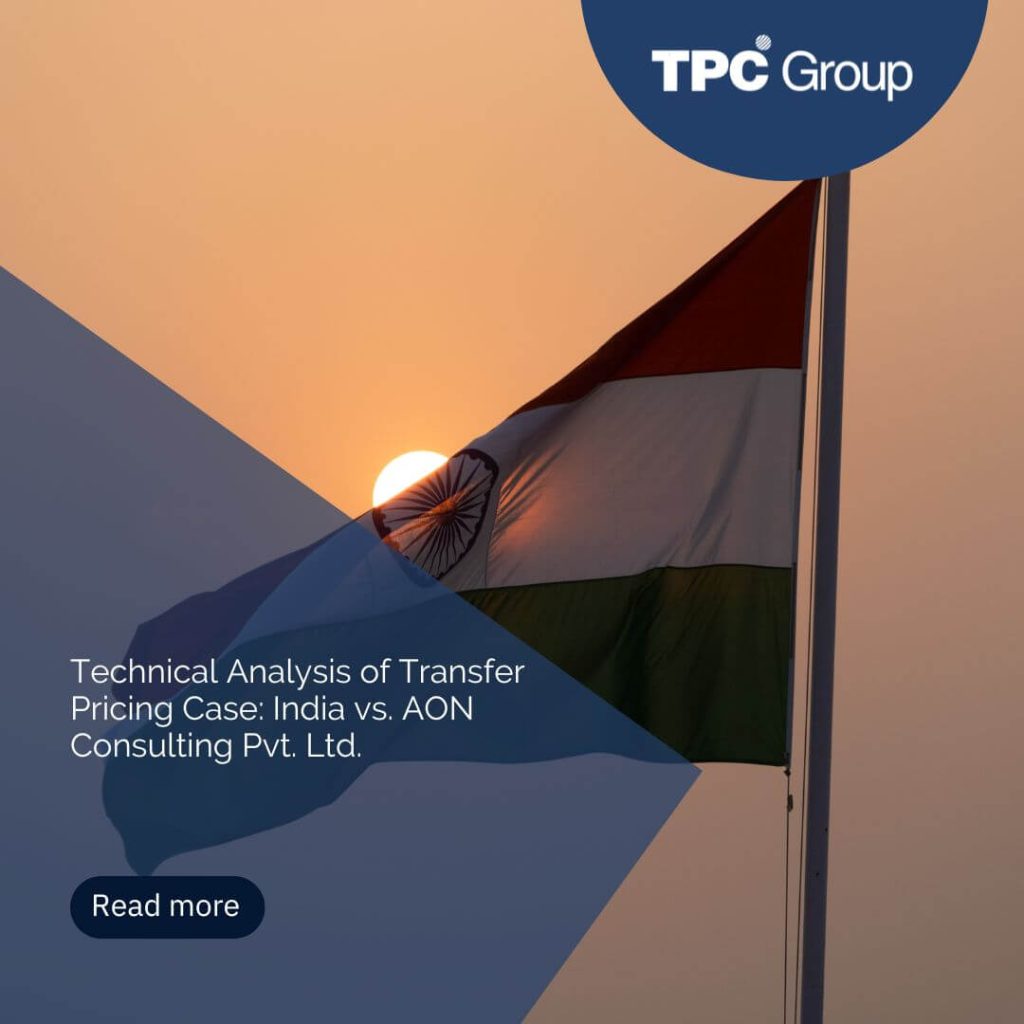Category: India

May 22, 2025
ITR India 2025: Key Dates and Transfer Pricing
-
Archives
-
Categories
- News (710)
- Argentina (35)
- Australia (6)
- Bolivia (20)
- Brazil (13)
- Chile (39)
- Colombia (49)
- Costa Rica (14)
- Dominican Republic (18)
- Ecuador (12)
- El Salvador (6)
- Germany (2)
- Guatemala (8)
- Honduras (7)
- India (5)
- Italy (2)
- Mexico (30)
- Nicaragua (2)
- Panama (21)
- Paraguay (19)
- Peru (40)
- Spain (26)
- United Arab Emirates (1)
- United Kingdom (1)
- United States (14)
- Uruguay (16)
- Venezuela (1)
- Not index (15)
- Publications (184)
- Audits (3)
- Nias English (2)
- Niif English (25)
- Taxes (44)
- Transfer Pricing (83)
- Uncategorized (1)
- News (710)
-
-
-

